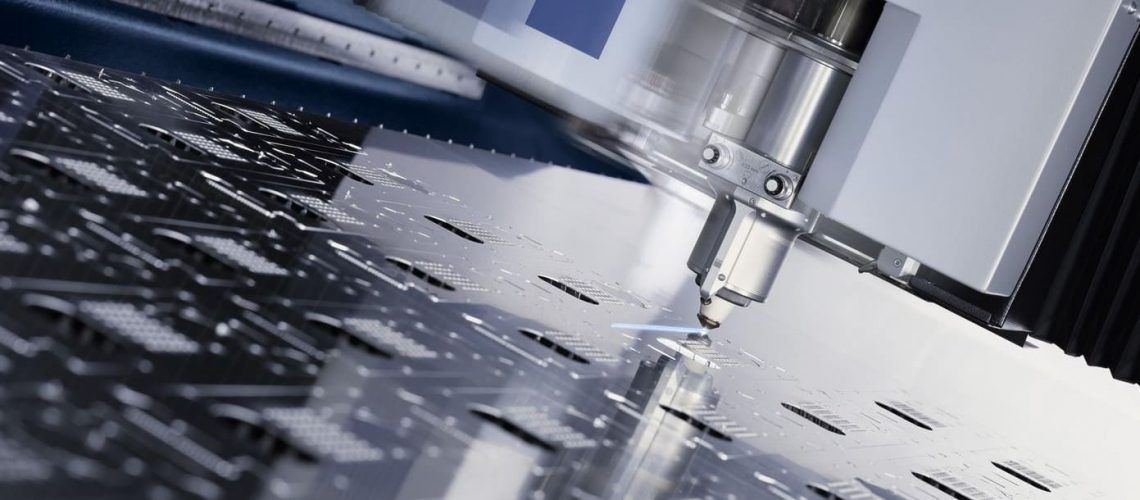


Laser cutting machines are used for a wide variety of purposes. They are commonly used in the process of cutting metal plates in the steel industry.
Essentially, laser cutting is part of the fabrication process used to cut materials in custom designs, using a laser beam. The beam will either burn, melt or vaporise the material it is cutting through.
CNC Laser technology allows for high quality, precision cut component parts, manufactured efficiently and effectively, at the lowest possible cost. Laser cutting helps cut material into more complex parts that conventional drills would struggle to achieve.
A range of materials and varying thicknesses can be cut using lasers, making it a very adaptable process. The cut is normally continuous and achieved by moving the laser under CNC control.
The Trumpf 5040 CO2 Laser Cutter represents high productivity, efficiency, and high-quality results. Diverse automation solutions and intelligent functions guarantee excellent results in continuous operation.
The smooth edges produced by the optic fibre laser also offer clear cut benefits – the perfect machine for high quality laser cutting.
Crystal laser cutting can be used for both metals and nonmetals. This type of laser is commonly used in dentistry, manufacturing, medical and military. The downside to this laser is the short life cycle of the machine.
Fibre Laser cutting is the latest method to be introduced. Laser beams are much stronger and have a longer life cycle than other types of lasers. Should a fibre laser require maintenance, it is relatively inexpensive.
Benefits of using a Laser Cutting Machine
If your next project requires simple or complex laser cutting, get in touch with our qualified project team on (02) 4646 1511.